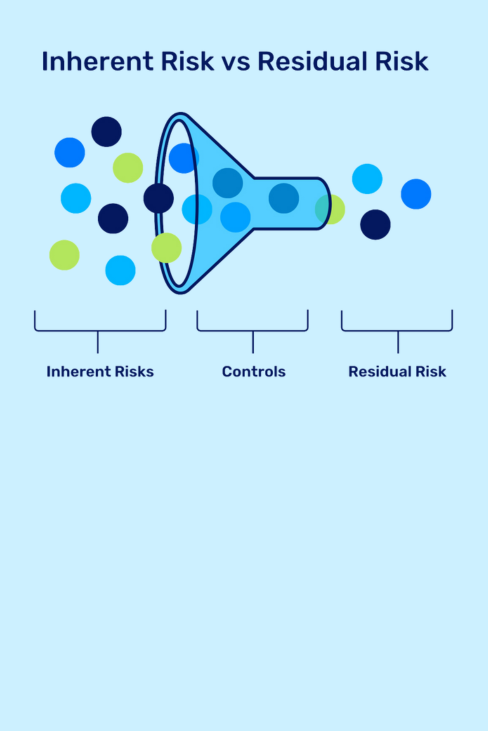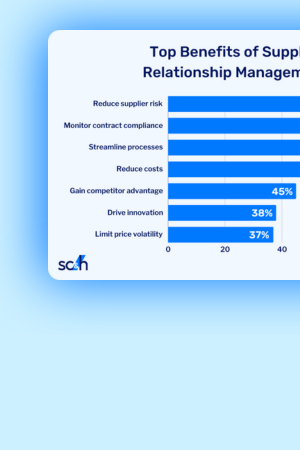Authored by Jeff Bathurst | Director, Technology Advisory
Scan your space right now and we bet there’s at least one device in your immediate reach that connects to the internet. But, as most of us know, that hasn’t always been the case. It’s only in the last decade that the proliferation of the Internet of Things (IoT) has enabled the connectivity of so many more products and devices to the Internet—from smartwatches, phones, and TVs to cars, e-readers, and voice-controlled assistants. Gone are the days when just your personal computer or cell phone were your only options.
So, What Exactly is IoT?
According to Oracle, it describes the network of physical objects—“things”—that are embedded with sensors, processing ability, software, and other technologies for the purpose of connecting and exchanging data with other devices and systems over the internet.
These devices range from ordinary household objects to sophisticated industrial tools.
With more than 21 billion connected IoT devices today, experts are expecting this number to grow to 125 billion by 2030 (Statista). IoT platforms and devices are being developed and implemented at accelerated rates each year. Needless to say, the potential impact IoT has on the way technology is produced and businesses operate is exigent and constantly expanding.
Consider the current breadth of IoT across industries. There are devices that assist manufacturers in isolating production problems, help hospitals capture and retrieve data before patients even arrive for treatment, and support marketers in pinpointing their target audience with data obtained from smart devices. This means, irrespective of industry, many organizations are dedicating focused time and resources to uncover how an IoT platform can elevate their business to the next level and serve to:
- Improve accuracy
- Increase efficiency
- Amplify data collection
- Drastically reduce the need for human intervention
With the advantages of having a product connected to the internet, organizations can stay competitive in their industry. Yet, with the escalating importance of any new technology/methodology, it’s imperative to analyze the risks of a society that is more connected to the internet.
Increased IoT Connectivity Means Increased Cybersecurity
If it connects to the internet—no matter what the device is or what it does—there’s automatically a cybersecurity risk. Internet-integrated devices can be compromised and are vulnerable to attack without the proper precautions. It’s especially important for businesses to understand the inevitable risks and implement proper cybersecurity strategies to mitigate those risks to optimize operations. Just like you protect computers with anti-virus/anti-malware software and multiple security levels, similar and even more complex safeguards must be applied to IoT platforms. Think:
- Taking stock of connected devices across your organization
- Accounting for new devices as they come online
- Constantly monitoring IoT devices for security gaps and suspicious activity
- Mitigating third-party IoT cybersecurity risks
When it comes to IoT, cybersecurity is critical, and with the rapid rate at which IoT is growing, businesses can’t afford to turn a blind eye. If you haven’t already, research the implications IoT can have in your given industry, how IoT platforms can affect your business and your bottom line, and seek expert advice from professionals who dedicate their time to analyzing and protecting IoT platforms.






